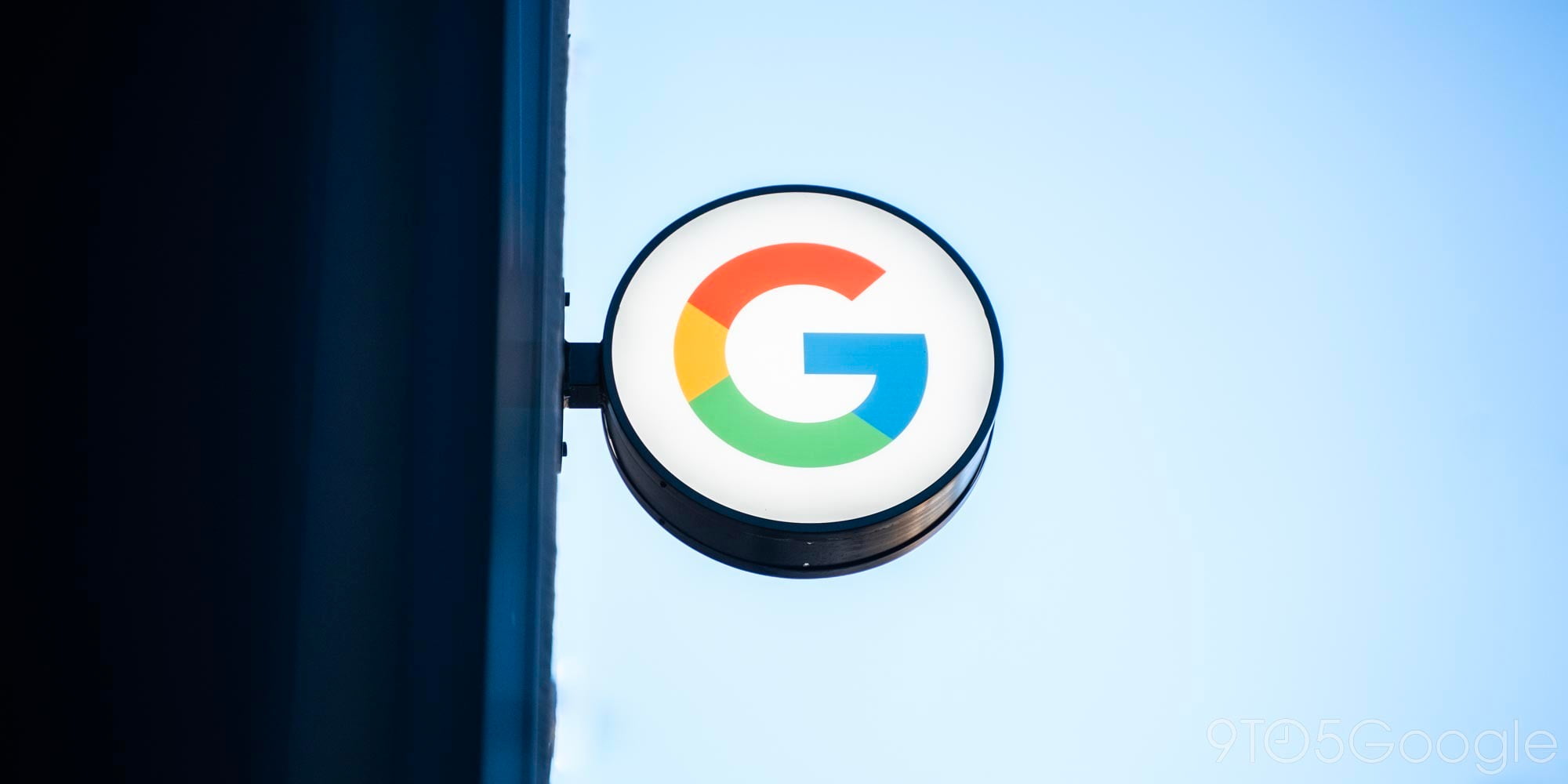
In addition to operating a Lyft/Uber competitor, commercial trucks, and possibly licensing self-driving tech to carmakers, Waymo has another way to monetize its decade-long work on autonomous vehicles (AV). The Alphabet division will begin selling LIDAR sensors to robotic, security, and other companies that don’t directly compete with it.
Back in 2017, Waymo announced its move away from off-the-shelf camera and radar components used by all other self-driving companies. This in-house sensor suite became a competitive advantage by notably reducing the cost of LIDAR units from $75,000 in 2009 to just $7,500. That particular sensor is responsible for creating a 3D view of the world by measuring distance with pulses of laser light.
Waymo announced today that it will begin selling the perimeter sensor found on the bumper of its Chrysler Pacificas and soon Jaguar i-Paces. Known as the “Laser Bear Honeycomb,” it features an industry-leading wide FOV and can be used for object detection and avoidance.
- Wide field of view: Where some 3D lidar have a vertical field of view (FOV) of just 30°, the Honeycomb has a vertical FOV of 95°, plus a 360° horizontal FOV. That means one Honeycomb can do the job of three other 3D sensors stacked on top of one another.
- Multiple returns per pulse: When the Honeycomb sends out a pulse of light, it doesn’t just see the first object the laser beam touches. Instead, it can see up to four different objects in that laser beams’ line of sight (e.g., it can see both the foliage in front of a tree branch and the tree branch itself). This gives a rich and more detailed view of the environment, and uncovers objects that might otherwise be missed.
- Minimum range of zero: The Honeycomb has a minimum range of zero, meaning it can see objects immediately in front of the sensor. This enables key capabilities such as near object detection and avoidance.
Waymo will not sell the LIDAR sensor to other self-driving companies. Instead, it will target industries “outside” its primary autonomous mission, like robotics, security, and agricultural. “Select partners” can reach out to the Alphabet division today to request a unit.
In the long-run, this new source of monetization will aid the primary self-driving business. The goal is to make this LIDAR component even more affordable to manufacture through the economies of scale.
Offering this LIDAR to partners helps spur the growth of applications outside of self-driving cars and also propels our business forward. We can scale our autonomous technology faster, making each sensor more affordable through economies of scale.
FTC: We use income earning auto affiliate links. More.


Comments